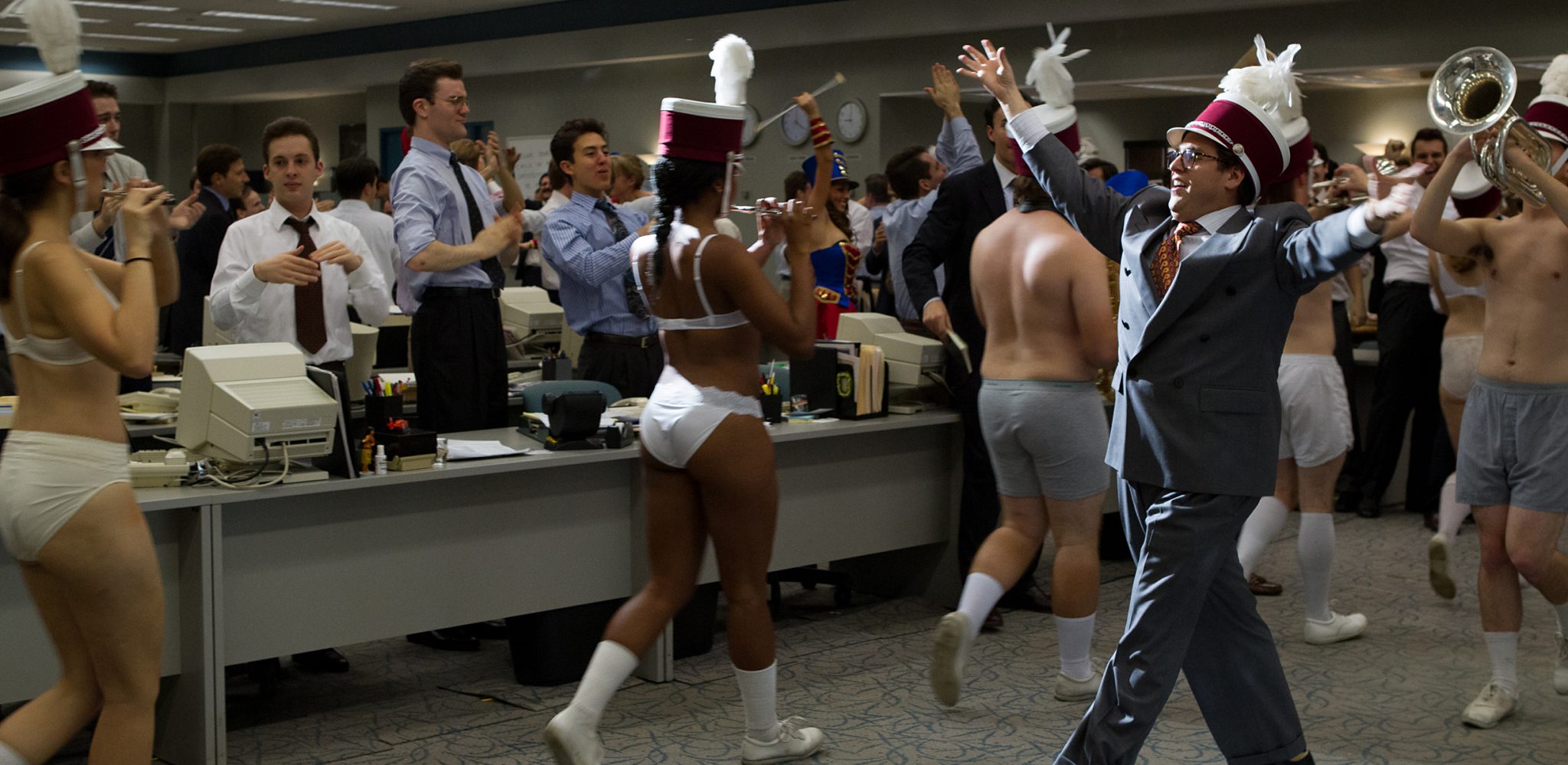If art keeps aligning itself with financial instruments, the future doesn’t exactly look bright, unless you’re a dealer who secretly wants to run an investment fund
In 1969 Georges Perec wrote A Void, a novel that avoided using the letter ‘e’. If that sounds arduous, I’m going to try something harder: writing an art column right now without mentioning a certain three-letter acronym. Instead, I’d like to talk around it, as merely the latest, most ecologically ruinous manifestation of a longer arc in contemporary art: artistic products designed to fit the agendas and tastes of collectors and speculators, as opposed to art that tries to bend or shape those things and enact a conversation outside of financial imperatives.
A decade ago, this tendency was a little more implicit than explicit. You might go to a fair and clock that year’s vague, simplistic aesthetic trend, gallerists second-guessing what would sell: mirrors, maybe, or neon, or rainbows, or text, or, as a treat, rainbow-coloured neon texts backed by mirrors. Or perhaps you noticed that a particular format was increasingly deployed in gallery shows, offering a superficial illusion of creative variety. The first room might look heterogeneous, with a couple of paintings, a sculpture, and a photograph. But the next room would house close variations on those three formats, and same again in the third, an aesthetic experience akin to browsing handbags, shoes, etc in an upscale boutique. If you went to, say, a Sterling Ruby show, this production-line aesthetic would be in your face and the unabashed noxiousness of it all would be the most interesting part.
Meanwhile, back then, stylistic trends began to appear (most notably zombie formalism) that felt entirely unasked-for outside of the market: their appeal to the non-buyer was simply that they didn’t take long to take in, or tax brains and eyes in the process. In that context, when figurative painting made its now-seemingly-inevitable return (circa 2015), it initially seemed somewhat refreshing – some very good older artists were uncovered – but on one level representational daubing per se is ‘starter art’, unthreatening on the surface whatever hidden depths it might or might not contain. It’s not hard to guess why it’s still so popular.
The primary reasons for such collector-pandering of late are obvious enough: the trend for expansionism and necessity to pay for it (booths in an increasing number of art fairs, satellite galleries, museum shows in new markets), which, ironically, leads to overheads that militate against risk-taking; and, relatedly, a reluctance on gallerists’ parts to stand for anything – as opposed to being boutiques – or educate collectors. Consider, say, the difference between the White Cube of the 1990s, which focused primarily on one rising generation of British artists, and the opportunist free-for-all of its roster today. (Jay Jopling has done good things, but Leo Castelli he’s not.) If new generations of collectors don’t learn to differentiate art from hucksterism, if the primary need of dealers is to shift product, if galleries are locked in competition, and if art keeps aligning itself with financial instruments, the future doesn’t exactly look bright unless you’re looking for somewhere to park or rinse money. Or if you’re a dealer who secretly wants to run an investment fund.
I’m aware that ‘collectors’ is being used in a monolithic manner here, so let me say: Not All Collectors. For better or worse, I’ve met a fair few: loudmouth Republicans who ask to be argued with until the artist kicks your shins blue under the gallery-dinner table; gimlet-eyed sophisticates who’ve spent a lifetime building up focused artistic compendia that reflect or distract from their own personalities. Industrialists who can only talk about their widget factories and who pick the most colourful artwork in the show, and cultured lawyers who buy occasionally but well. The problem is that the sales pitch, overheated infrastructure and artistic developments aren’t angling themselves towards the smarter percentile, and those people – not finding the art they want, because galleries aren’t looking for it and mostly aren’t showing it – may also tune out.
When I worked briefly for a gallery and wrote press releases, the unofficial template was ‘smart and beautiful’; you wrote that, using more words. Eavesdropping on sales pitches at fairs in recent years, things don’t seem to have moved on much, except for the advent of the investment/flipper narrative. The artworld most likely needs collectors and patrons – ‘twas ever thus – but the way they’re being addressed now, as cash cows, is just another example of short-termism in a world full of such examples. The omens for the future aren’t great, with the bigger galleries having merely evolved the three-things-in-multiple-equals-variety model to ‘here’s several rooms full of one thing’. (An artist friend who began working with one of these places immediately conformed, somewhat dismayingly but also understandably.) And so-called traditional artists immediately latching onto the latest and most saleable technology doesn’t bode wonderfully well either, however convenient its appearance might be at a time of no fairs. But the forked path to tomorrow seems clear. Either the art system stops orienting itself back-to-front, stops refusing to argue for the most advanced art and instead second-guessing what some widget-maker or crypto maven wants, or it’s something like NFTs in their least artist-enabling, most grift-like guise all the way down.
Ah, shit. Almost made it.
